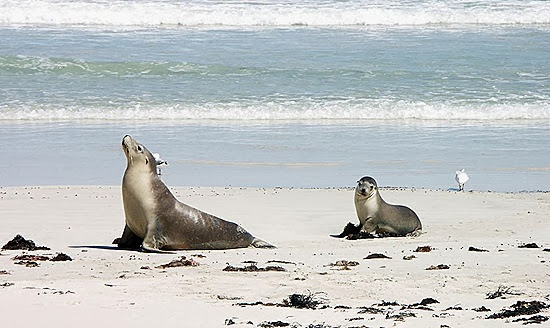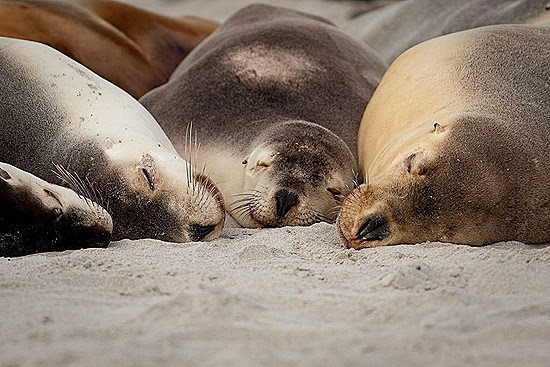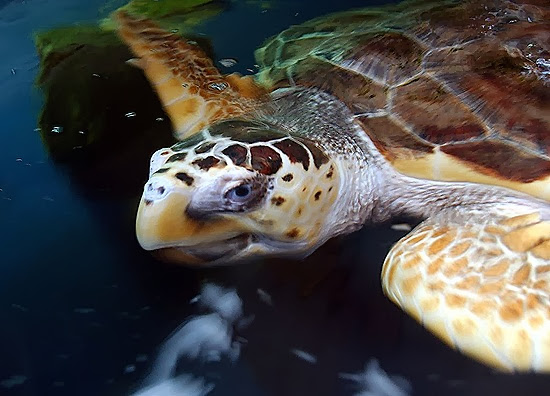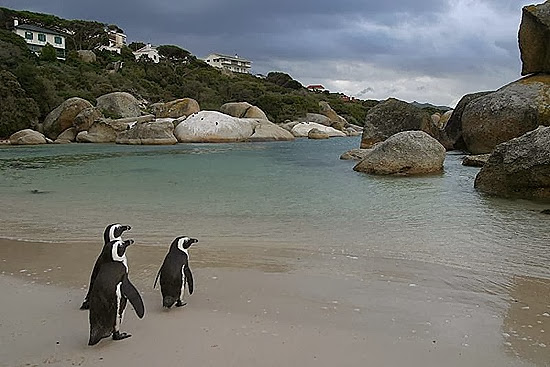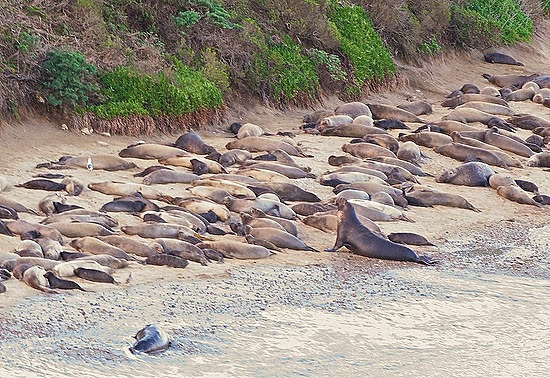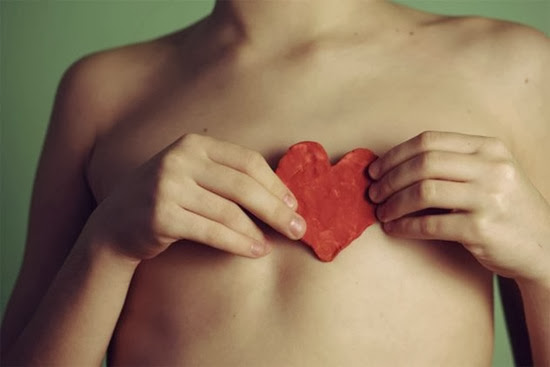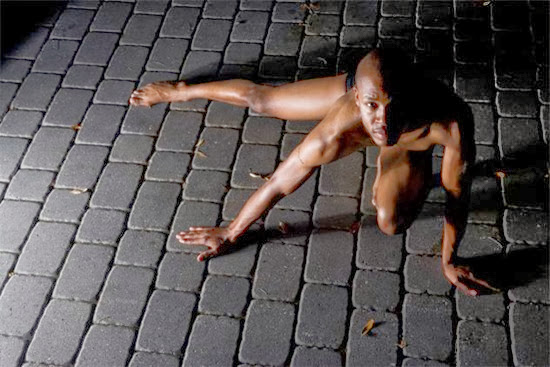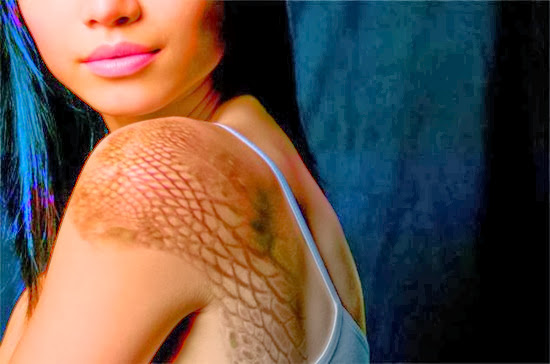
10 Murderous Russian Criminals
By Pauli Poisuo, Listverse, 31 January 2014.
The mighty country of Russia is home to many kinds of people, and not all of them are particularly nice. In fact, there are a surprisingly large amount of serial killers and murderous criminals running around that vast country.
Language barriers and Russia’s historical reluctance to report its troubles to other countries have prevented most Western people from hearing about these ruthless monsters. That is, until now...
10. Valery Asratyan
Valery Asratyan, also known as “The Director,” was the worst nightmare of an aspiring actress. From 1988 to 1990, this Moscow maniac habitually posed as an influential director (hence the nickname), luring unwitting girls to him with empty promises of riches and fame.
Asratyan was mostly interested in sexual crimes, but he eventually entered serial killer territory as he attempted to cover up his tracks. During his active years, he raped dozens of victims, killing at least three of them in the process. Not wanting to attract attention, he used a different method of killing every time so the police would not suspect the killings were the work of one man.
Astrayan was very intelligent and had a background in psychology. His preferred method was to lure his victim to his home with his director act (complete with a fake ID), then knock them unconscious with a drug cocktail and keep them as his play things, often for many days. The ones that survived were eventually set free, which proved to be the criminal’s downfall.
Some of the victims remembered the events rather better than the Director had intended and were able to point out the general neighbourhood where the crimes had taken place. After some careful detective work, the police were able to locate and arrest Astrayan, ending his reign of terror. He was shot to death in 1992, in the aftermath of the collapse of Soviet Union.
9. Alexander Bychkov
To say Alexander Bychkov did not like alcoholics and vagabonds is an understatement. In fact, he was so infuriated by them that he took to killing as many of them as he could. Bychkov started calling himself “Rambo” after Sylvester Stallone’s famous character, equipped himself with a large knife and a hammer, and started roaming the streets.
Between 2009 and 2012, “Rambo” lured at least nine unfortunate victims in deserted areas, where he attacked and mauled them, then dismembered their bodies and hid them. Every one of these attacks were meticulously recorded in a journal he called “The bloody hunt of a predator born in the year of the dragon.” He also claimed to have eaten at least two of his victims’ hearts, although no evidence of this was ever found.
Bychkov was only 24 years old when he was caught. His only explanation for his actions was a desire to impress a girlfriend who had dumped him by “acting like a lone wolf.” It is probably safe to say that flowers would have been a better choice.
8. Anatoly Slivko
For many years, a monster stalked the town of Nevinnomysk. Every once in a while, a boy disappeared from the area, never to be seen again. The police did their best to investigate, but no serious clues were ever found.
In 1985, the culprit was finally caught. Anatoly Slivko was an influential leader of the local Chergid Club (a Soviet version of the boy scouts), who had been abusing his position to gain the trust of his young underlings. In his youth, Slivko had witnessed a terrible car accident where a boy in a Young Pioneer uniform had died in an inferno of burning gasoline. He found the scenario strangely arousing, and it haunted him into his adulthood. After securing a position in the Chergid Club, he started trying to recreate this terrible scenario. He rendered boys who trusted him unconscious, placing them in compromising positions and filming them. However, sometimes he wasn’t happy just looking at them. Every once in a while, Slivko got carried away and ended up killing the child, dismembering and burning the remains.
The method he used to make the boys unconscious was chilling: He explained to them that he was making a film about Nazis torturing children (a strangely popular theme in the Soviet Union at the time), and that they could star in the film by letting him hang them until they were unconscious. The boys trusted Slivko so much that they agreed to do this. Not all of them woke up.
Even after he was captured and sentenced to death, Slivko’s behaviour remained strangely friendly. He was extremely helpful and courteous with the authorities until the very end. When the police were hunting another serial killer, he even happily gave criminal profilers a Hannibal Lecter–style interview...just hours before his execution.
7. Sergey Golovkin
Horse breeder Sergey Golovkin was a quiet outsider who stood with a slump and rarely willingly interacted with other humans. Although he was fairly reclusive and shy, he had a habit of making people nervous with a single glance. It seems like such a cliché to assume that a guy like him would become a ruthless killer, but that’s exactly what happened. He became a serial killer known as “Boa” or “The Fisher,” depending on who was telling the story.
Between 1986 and 1992, Golovkin murdered and molested up to 11 people. He was notorious for first strangling his victims, then mutilating their bodies in a disgusting manner straight out of a horror movie. He sliced, diced, disembowelled, and burned the corpses in a number of ways. He made keepsakes from his victims’ remains. He even tried some experimental cannibalism, but found he didn’t like the taste of human flesh very much.
Unluckily for Golovkin (but luckily for the rest of Russia), the police had recently had to investigate plenty of serial killers. By the Nineties, they were able to link his first, clumsy killings to the methodical slaughter of his later spree. After that breakthrough, profiling and catching him was easy. He was executed in 1996.
6. Maxim Petrov
Doctor Maxim Petrov is not the only person known as “Dr. Death,” but he is certainly one of the scariest. A completely remorseless and twisted killer, he specialized in stalking his elderly patients before finally “euthanizing” them in order to gain access to their money and valuables.
Dr. Petrov is thought to have killed over 50 people. His methods were rather more brutal than one would assume from a medically trained murderer. Although he usually administered injections to his victims, they were not always lethal, but mere sedatives to keep them in place while he turned their apartments into death traps. One survivor recalls waking up with his home on fire; another had his flat slowly filling up with gas from the oven. Some victims were choked with stockings, and people who happened to interrupt the good doctor were stabbed with a screwdriver.
Petrov eventually settled on a nice pattern of lethal injections and evidence-destroying house fires, but he had gotten too greedy. The police soon noticed the pattern of elderly people with similar diseases dying in the exact same way, so they put together a list of 72 potential future victims and arrested Petrov when he was visiting one of them in 2002. The court was able to link Petrov to 12 of the murders he was accused of. He is currently serving a life sentence in prison.
5. Sergei Martynov
For some people, prison is a correctional facility. For others, it’s merely where they pass the time in between doing what they love the most. These people often return to their criminal activities the second they’re released.
Sergei Martynov was part of the latter group. He had already served 14 years in prison for murder and sexual assault when he was released in 2005. This had done nothing to satisfy his bloodlust, though. He immediately started touring the country and stalking more victims.
For the next six years, Martynov resumed his murderous ways. He travelled in ten different regions, leaving a trail of sexual assaults and murdered victims in his wake. His victims were mostly women and girls, and although the officials did not discuss his methods of killing, they were described as “gruesome.”
Martynov’s trail of destruction was ended when he was finally caught in 2010. As he was charged with “at least” eight murders and numerous assaults in 2012, it looks like he is not going to be released from prison again.
4. The Academy Maniacs
Thrill killers are a dangerous class of criminals. They are as unpredictable as they are cruel, and although the signs can often be seen in hindsight, they are fairly difficult to recognize before they actually start killing.
Nikita Lytkin and Artem Anoufriev were two young punks who dabbled in neo-Nazism, dressed in black, and were active members (Anoufriev in particular) of various hard-core music- and fascism-related online communities. They were known online under names like “Peoplehater,” and moderated social media groups such as “We are gods, we alone decide whom to live and who will die.” In other words, the signs were there.
Lytkin and Anoufriev eventually identified with the Dnepropetrovsk Maniacs, famous spree killers with similar life views to their own. They became copycat killers known as ”The Academy Maniacs.” Between December 2010 and April 2011, the two killed six to eight people. Luckily, the two were fairly bad at covering their tracks, so their trail of destruction didn’t last too long. The Academy Maniacs were promptly arrested and brought to trial, with no one but their mothers to mourn them.
3. Vladimir Mukhankin And The Rostov-On-Don Killers
The fact that even the cruellest killers only receive passing mention in Russian media is a testament to how common these frightening criminals are in the massive country. A perfect example of this is Vladimir Mukhankin, a misfit from Rostov-on-Don whose sentence was reduced to a passing mention in the Moscow Times. His crime? He had just murdered eight women in the span of four months.
This nonchalant attitude may in part be because these things apparently happen in Rostov-on-Don all the time. The area is famous for the Rostov Ripper, one of the most notorious Soviet-era serial killers. Also, there’s the fact that both before and after Mukhankin, many other ruthless murderers have haunted the Rostov area.
According to officials, the strange frequency of serial killing in Rostov-on-Don doesn’t mean the community is particularly deadly - only that its police force is particularly efficient. According to the deputy chief prosecutor of the area, it’s not that other Russian regions don’t have these murderous monsters running around. It’s just that they’re never caught.
2. Irina Gaidamachuk
When your criminal nickname is “Satan in a Skirt,” chances are you’re not the nicest person in the world. Irina Gaidamachuk earned this nickname to the fullest. For seven years, she visited the elderly citizens of the Sverdlov region posing as a social security worker. Once she gained their trust and was allowed inside, she murdered the senior citizens by smashing them over the head with a hammer or an axe. After that, she stole their money and valuables and left the scene as if nothing had happened.
The most terrifying thing about Gaidamachuk is that she was never an anti-social loner, or (according to psychological reviews) even all that crazy. She was a married mother of two children who liked to drink a bit too much and hated the idea of working. So she came up with killing people as an alternative method of making money. However, this was not too lucrative: None of her hauls were bigger than US$495. So she kept doing it again, and again, and again. As she stated to the police in her confession: ”I just wanted to be a normal mum, but I had a craving for drink. My husband Yury wouldn’t give me money for vodka.”
1. Vasili Komaroff
Vasili Komaroff was the 1920s equivalent of a used car salesman: A horse dealer with an eye for a good deal. Unlike most used car salesmen, though, his idea of a ”good deal” was luring prospective customers away from the marketplace to ”see the horses” and murdering them for their money.
Between 1921 and 1923, Moscow was plagued by ”The Wolf of Moscow,” a ruthless murderer who strangled or bludgeoned people to death and dumped their bodies in sacks all over the city’s slums. The Wolf was, of course, Komaroff. He was not particularly smart in his actions, though. Once the authorities realized the killings were tied to the days and areas of the horse market, they quickly homed in on him as a suspect. Although he seemed like a loving, innocent family man at first, it was soon found that he was actually a violent and brutal man who had even tried to kill his eight-year-old son once.
Although Komaroff attempted to escape the hand of law at first, he was soon captured. The man confessed to the murders of no less than 33 customers and, as a result, was sentenced to death by firing squad. However, he did not go alone: As his last act of cruelty, he named his (possibly innocent) wife as an accomplice.
+ Vasiliy Kulik
Vasiliy Kulik, better known as the ”Irkutsk Monster,” was not a very nice man.
Ever since his childhood, Kulik had a morbid fascination with violence and sexuality. He was prone to torturing animals and acting like an overly masculine male stereotype. In his teens, he had many girlfriends and developed an insatiable appetite for sex. His mental health had always been very shaky, but when a girl he loved moved to another city, it took a turn for the worse.
Between 1984 and 1986, Kulik brutally assaulted and killed 13 people. His victims were either older women or young children, and his methods of mayhem varied: He was known to use at least firearms, strangulation, and knives fairly often, though he also had other ways of dispatching his victims. The oldest of his victims was 73 years old. The youngest was a two-month-old baby.
Kulik was caught on the day of his 30th birthday. Although his crimes were monstrously revolting, the police found the man extremely (frighteningly) courteous and polite. From the second of his arrest to the day of his execution three years later, he maintained a civilized and friendly image: Throughout the last years of his life, this brutal man enjoyed writing poetry, giving interviews, and musing on the nature of life and death to journalists.




















